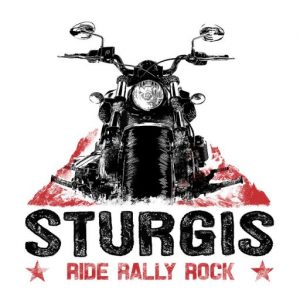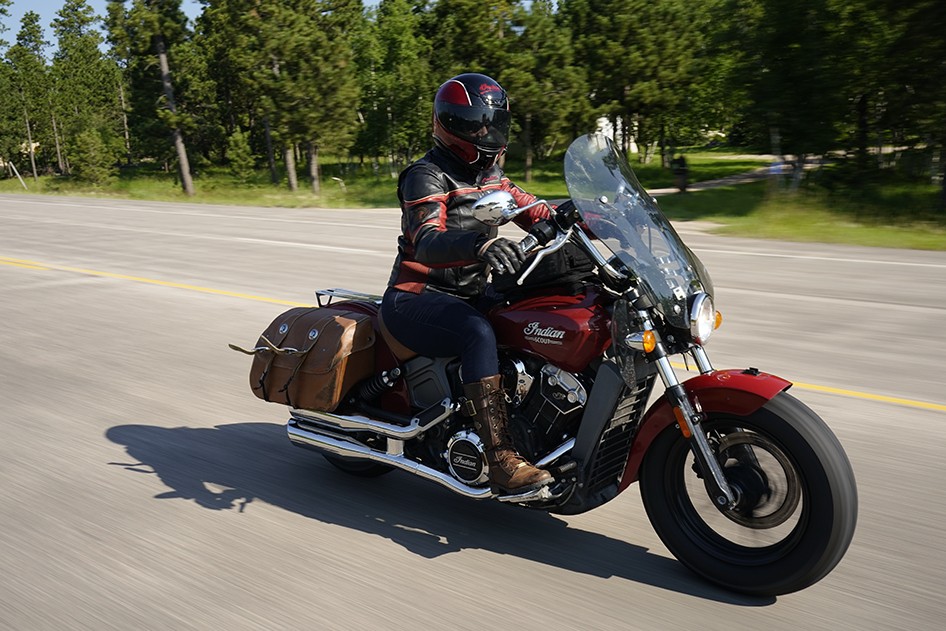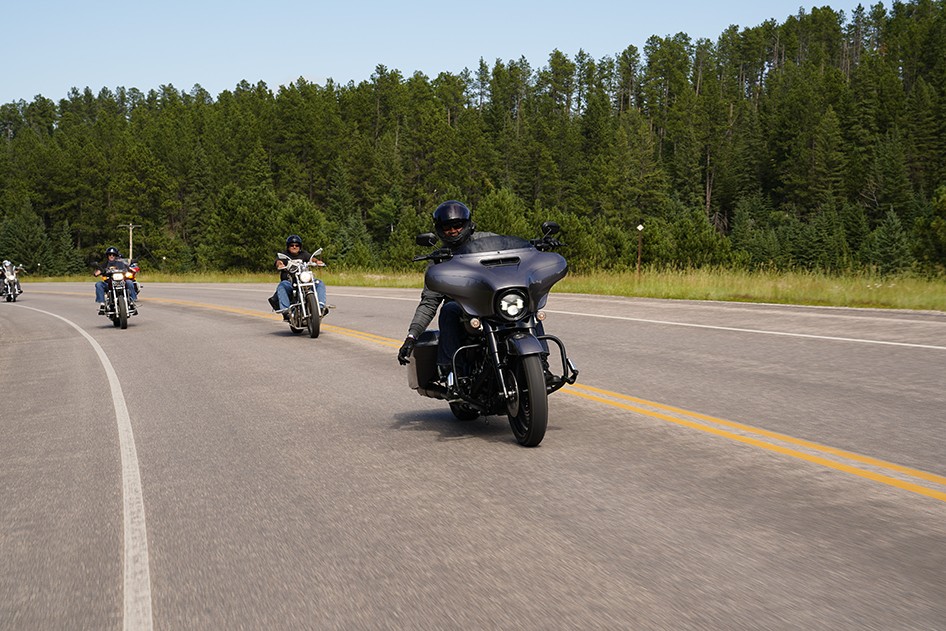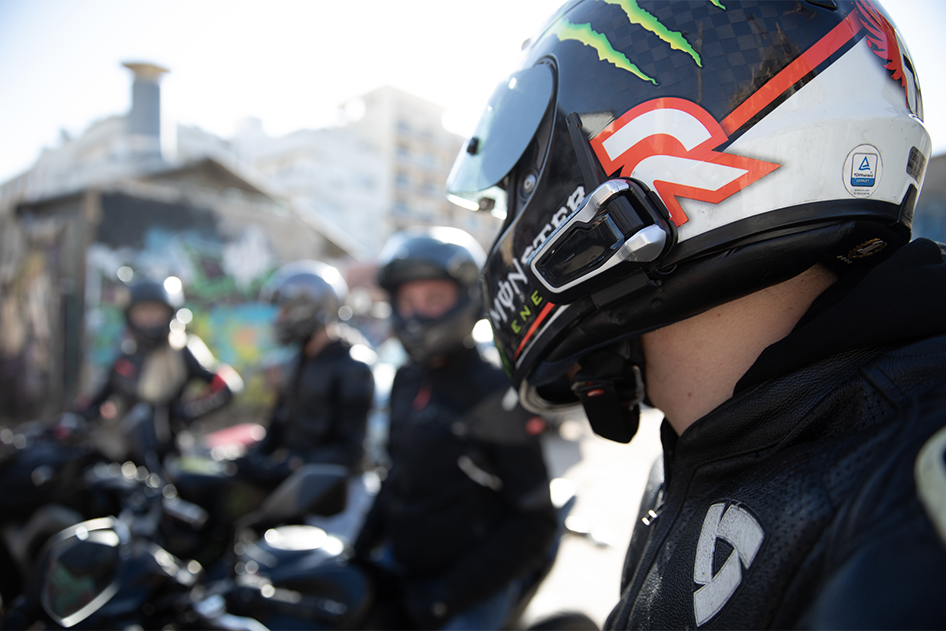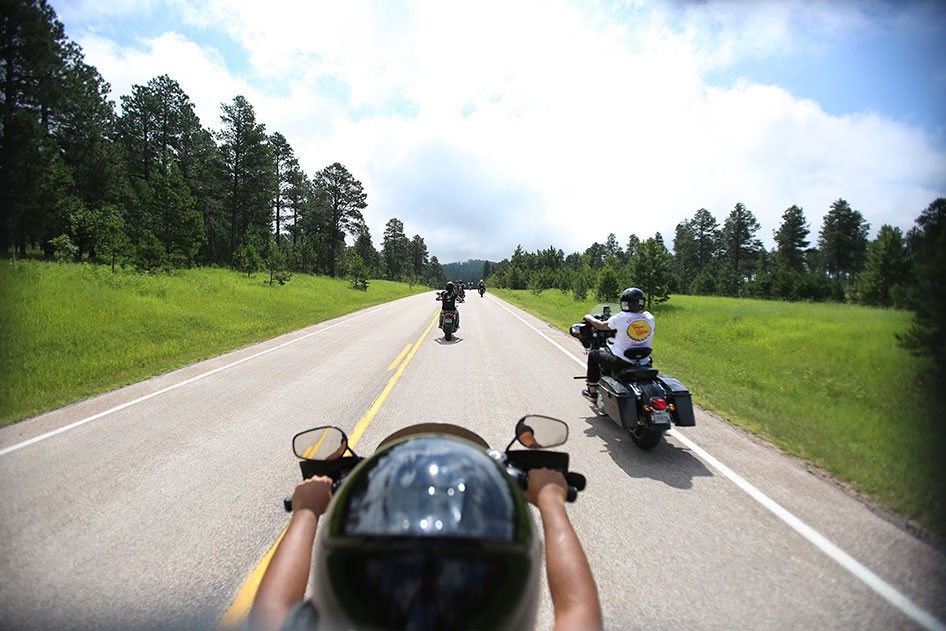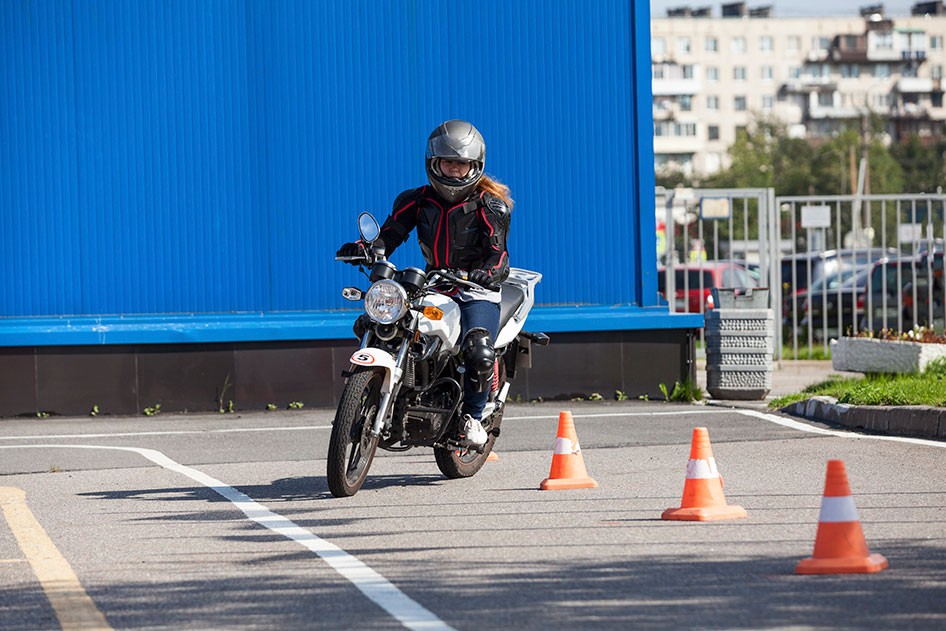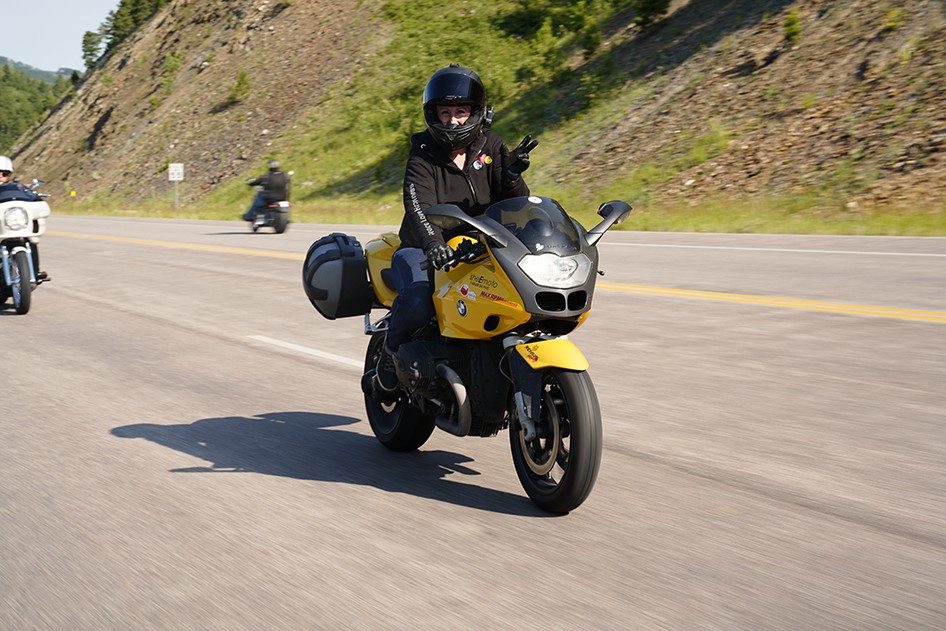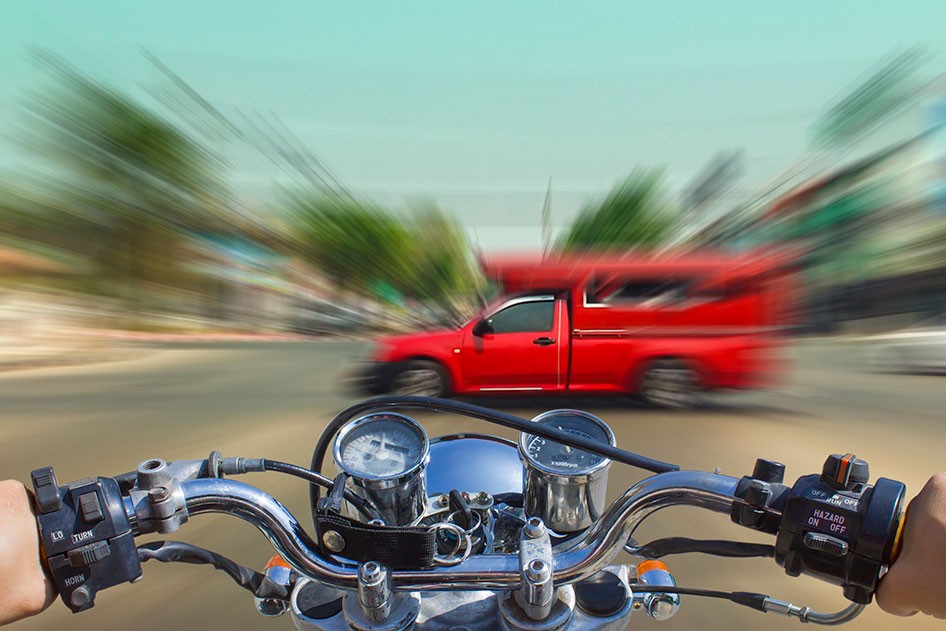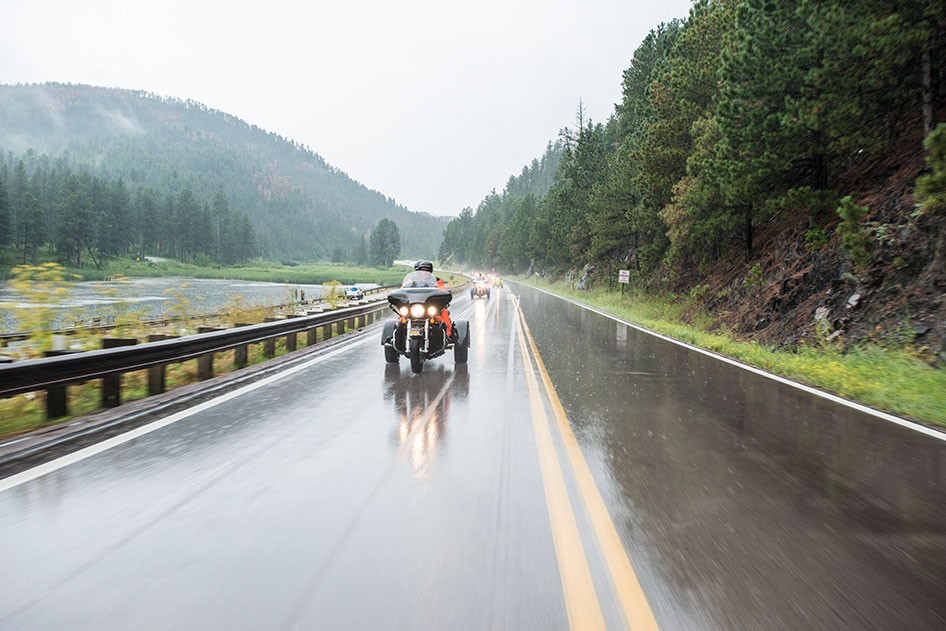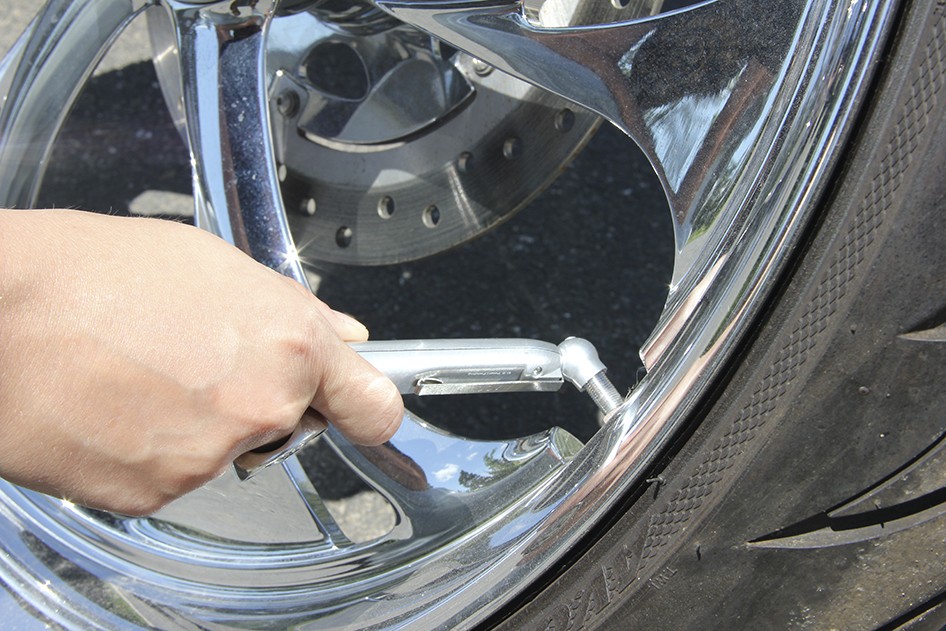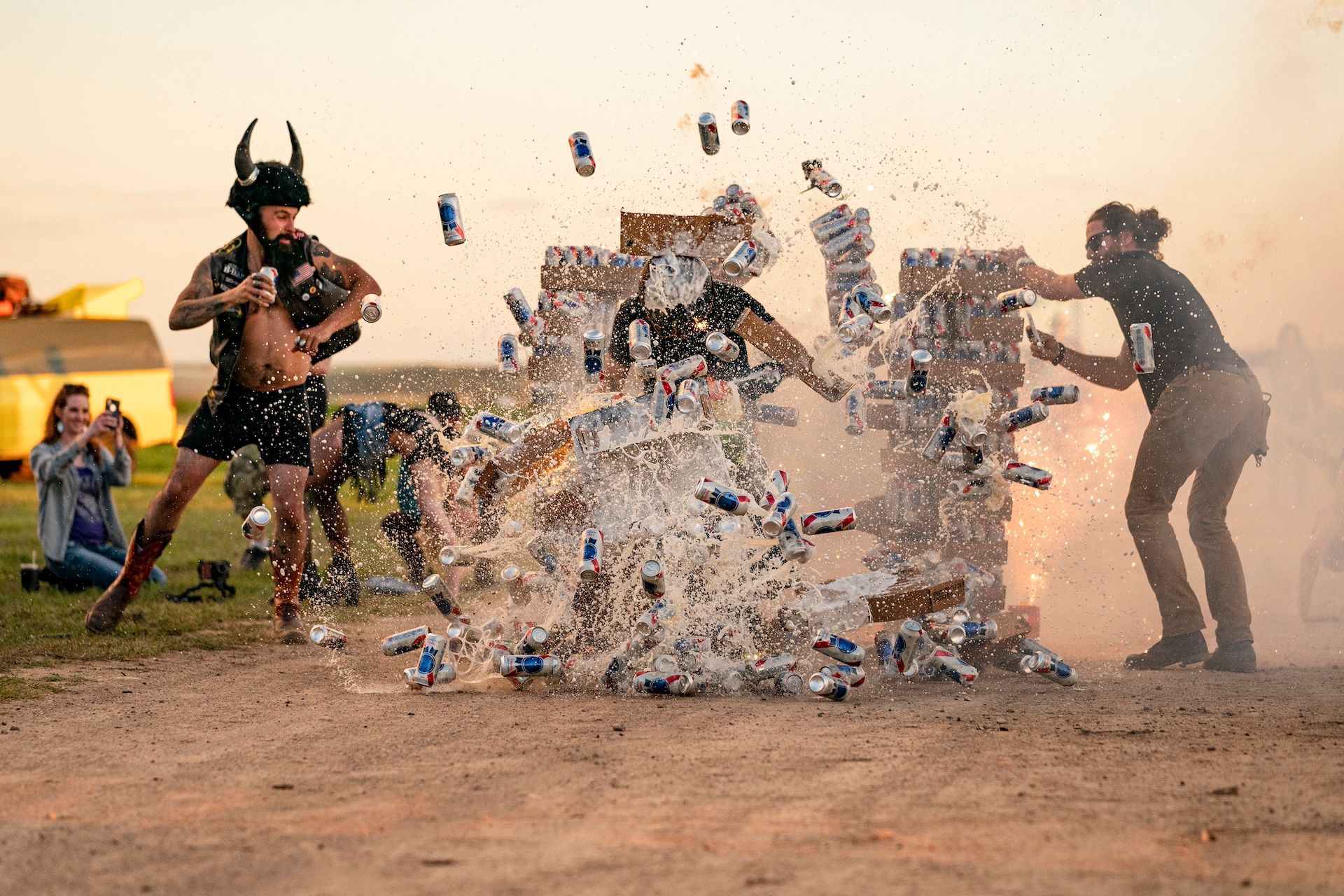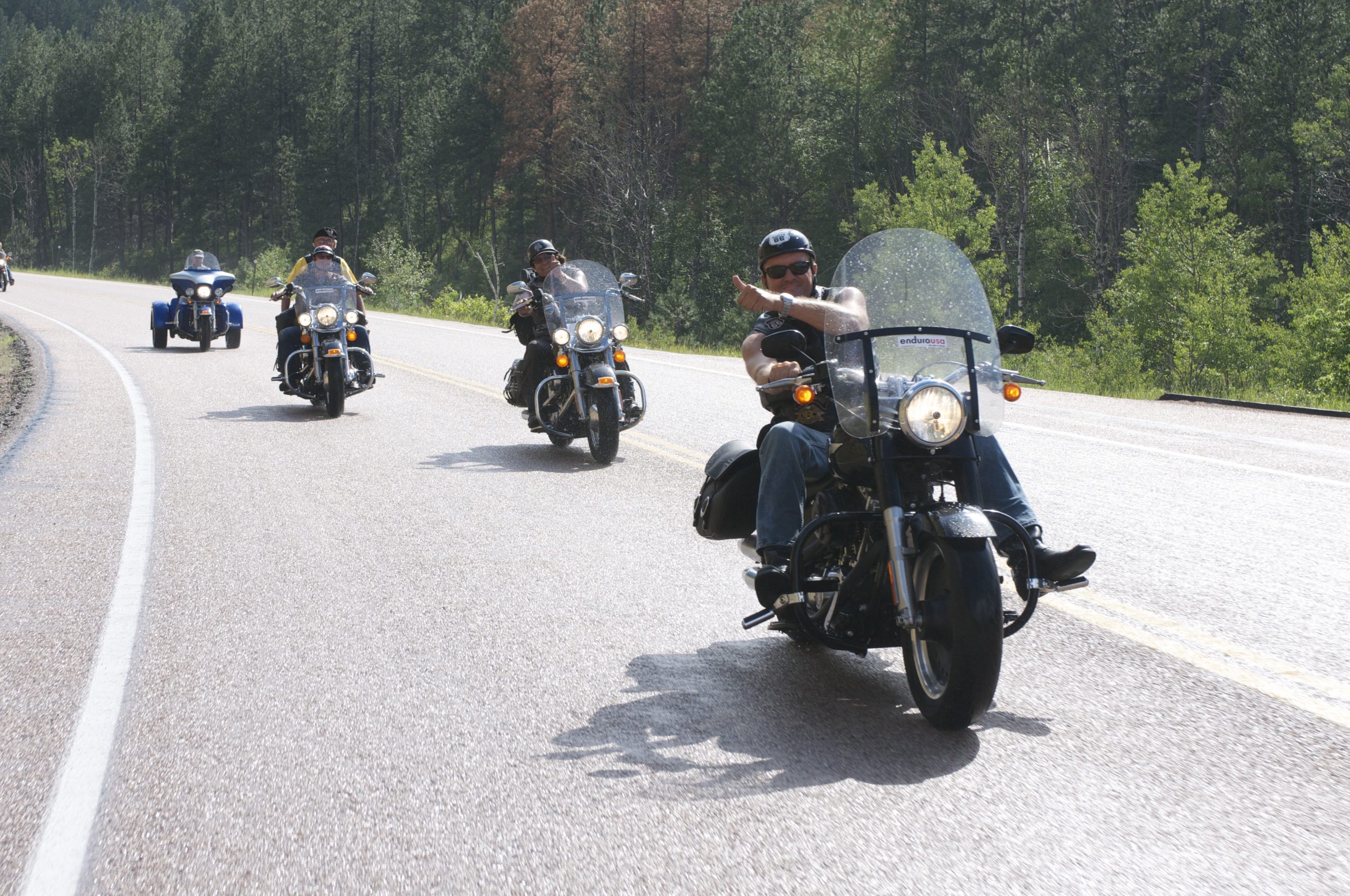9 Essential Motorcycle Safety Tips for New Riders

Experience is everything in riding. According to the National Highway Traffic Safety Administration (NHTSA), over 5,000 people die in motorcycle crashes each year, with many deaths “attributed to lack of experience or failure to appreciate the inherent operating characteristics and limitations of the motorcycle.” Indeed, it’s well worth your while as a new rider to spend as much time as you possibly can learning motorcycle safety, starting with the following essential tips. The experts at Cardo Systems have no shortage of hours and miles spent on a motorcycle, and have come up with these essential tips to help keep all new riders safe on their bikes.
1. Always Wear ATGATT
- The acronym ATGATT may seem complex, but it’s actually a pretty basic concept. It stands for “all the gear, all the time” and serves as shorthand for the simple philosophy that riders should always wear head-to-toe safety gear, regardless of the higher or lower perceived risk. Here are some of Cardo’s top ATGATT-related tips to help you get started with this important concept.
- When you’re shopping for your first motorcycle, make sure your budget includes room for a helmet, body armor, gloves and boots.
- Work with a professional gear outfitter to ensure that you get a properly fitting helmet and boots. Ill-fitting gear can compromise visibility or get in your way, taking your attention from the road and causing accidents.
- Only buy a helmet that has passed stringent U.S. Department of Transportation standards. Look for gear that has been DOT, ECE and SNELL certified.
Make sure your riding jacket, pants and gloves have armor (built-in padding) to protect your knees, elbows, chest and hands from abrasion and impact.
2. Know Your Hand Signals
Because of the fact that bikers are out in the open and can communicate with one another better than regular motorists, they’ve developed a pretty extensive catalog of hand motions to keep one another clued in to what’s happening on the road. Knowing these signals can help you keep all drivers safe by alerting others of dangers, such as hazards in the road ahead, while also keeping you safe and legal should your blinkers or other crucial components stop working.
3. Invest in a Helmet Headset
As great as hand signals are, they certainly have their weaknesses. They rely on the fact that other riders know them inside and out and that others are paying attention to you when you need to send a certain message (and, let’s be honest, they often aren’t). If you’re traveling with a group, the better choice is to have a reliable motorcycle helmet Bluetooth headset so that you can communicate with your fellow riders via your voice. Today’s high-tech motorcycle communication devices, like the ones from Cardo, create a seamless channel between you and other riders while also giving you voice-controlled access to your phone, music and GPS.
4. Follow a Safe Formation in Groups
First things first: If you intend to roll as a pack, you need to know that this type of riding requires its own set of important safety rules and practices. Before you head out, make sure you’re up to speed on all of these crucial tips so you and your fellow group members enjoy a safe, fun ride. Formation is one of the most important elements of a good rally, so bone up before heading out. Generally, the recommended formation involves staggering riders across two lanes.
5. Take it Slow and Easy at First
We don’t have any concrete numbers, but we’re willing to bet that a good chunk of the more serious motorcycle accidents occur because riders push themselves too far too quickly. It’s vital that you know your limitations and take it extra-slow, favoring the low-traffic backroads and cruising at or below the speed limit for the first few months. At the same time, remember that you will learn the most by being out on your bike, so definitely try to log a good number of miles every week.
6. Choose a Bike That Fits You
Safety is one-part knowledge, one-part experience and one-part gear, so make sure you’ve got that last part covered by riding a safe, well-maintained bike. Your motorcycle needs to fit you like a glove so that you can easily access all of the vital controls and so you don’t feel tempted to fuss with anything, taking your attention away from the road. Of course, motorcycles are huge, heavy pieces of machinery—make sure you pick one that’s light enough for you to maintain complete control as you attack curves.
7. Practice Defensive Riding
Don’t be paranoid but operate under the assumption that all other motorists are trying to kill you. The fact of the matter is that two-thirds of motorcycle accidents that involve another vehicle happen because the driver of the other vehicle violated the rider’s right of way. Make sure you never let your guard down, stay visible and always be defensive when riding around town.
8. Choose Safe Times to Ride
Don’t get us wrong, we’ve all been caught in a mid-summer rainstorm while riding along country roads. It happens! But getting stuck in a particularly violent downpour or thunderstorm can compromise visibility and cause unpleasant road conditions, so it’s important to keep an eye on the forecast and stay home (or take another vehicle) if there’s foul weather on the horizon. Make sure to pack an emergency poncho and plan to pull over if things get bad.
9. Inspect Your Bike Before Each Ride
Last but not least, one of the simplest ways to safeguard yourself and your bike is to perform a thorough inspection before you kick off. Do a complete top-to-bottom rundown, ensuring that the tires, brakes, mirrors and other important components are in excellent shape. It helps to follow the T-CLOCS inspection methodology to help you remember what to cover before you head out. You may even want to print out the T-CLOCS chart and keep it in your garage.
Enjoy the Ride with Safety in Mind
Riding safety is simple when you break it down. It’s all about taking it slow, knowing your limits, investing in good gear and understanding the mechanics of your bike. As long as you’ve got those things down to a science, you can count on an enjoyable rider experience free of any literal or metaphorical roadblocks.
What Safety Tips Do You Have For The New Rider? Tell Us In The Comments Below.
About the Author
Andrew Moore is the marketing coordinator for Cardo Systems, the world’s market leader in Bluetooth, DMC, and entertainment systems for motorcycle riders. Formally, Andrew was a professional Motocross racer and has spent the past 12 years traveling on his bike. On weekends, you can find him mountain biking in the summer and snowboarding in the winter with his two sons.

